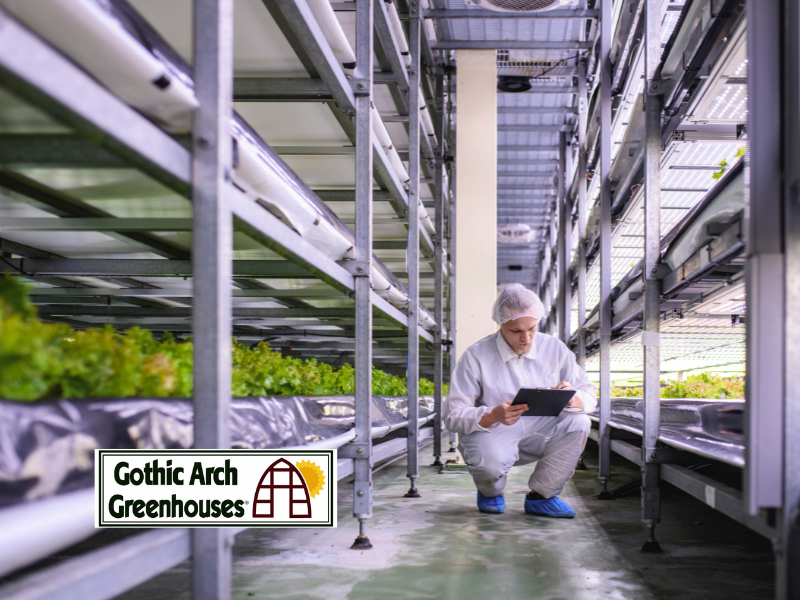
We recommend starting with leafy greens like lettuces and herbs. Bibb, romaine and leaf lettuces do particularly well, as does watercress, basil, chives, mint and many other herbs.
2. Planting on a staggered basis will provide continuous harvesting and ensure that there will always be plants in the system to take up the nutrients generated by the fish. For example, if your crop takes four weeks to grow and you divide your Tray in fourths, you’d germinate some seeds each week. Have fun experimenting with different planting patterns, different crops and mixing the plants that you put in!
3. To maximize the use of your growing space, keep your seedlings in their sprouting tray as long as possible before introducing them to the Aquaponic Tray. For example, it is common to leave lettuce seedlings in their sprouting tray for about 3 weeks, or until they grow four true leaves. Then transplant them to the Tray and let them grow there for another four weeks or so until harvest.
4. If you use an inert media to germinate the seeds, e.g., the rockwool cubes in our Seedling Starter Kit, it’s important to water with a half strength fertilizer solution (“Miracle-Gro,” etc.) one to two times a week after they sprout and until the seedling is placed into the Aquaponic Tray. This will ensure adequate nutrition. Make sure the media never dries out either.
5. When you plant the seedlings, make sure that most of the seedling starter cube (or other germination media) is pushed down into the Aquaponics Tray growing media. Plants that wilt or dry out may not be getting adequate access to the aquaponic water: ensure that the seedlings’ cubes remain damp after transplanting by checking them and pushing farther down into the media, if necessary.
6. Replace plants as they are harvested or as necessary to keep the bounty of your Aquaponic System flowing.
7. Be sure that tall or vining plants will have adequate support for stems and fruit.
8. Nutrients other than nitrogen: You may recognize nitrate as a key component in commercial plant fertilizers. The plants use the nitrogen produced by the fish for growth—it’s especially good for green foliage. Higher protein content in the fish feed usually relates to higher nitrogen content in the water. Depending on the fish feed, the plants will also have other nutrients available for growing, including some potassium, phosphorous and trace elements. If you note unusual growth patterns in the plant stems, leaves or fruit, there may be a nutrient deficiency. For example, lettuce often needs a little more iron than what comes in many fish feeds. Pale yellow spotting (“chlorosis”) in lettuce leaves can occur when iron is too low. In this case, the addition of a little chelated iron may be called for. “Hydroponic Food Production,”
9. If plants show signs of slowed growth, lighter than normal leaf color, and the nutrient levels are fine, it may be that adequate light is lacking. Installing full spectrum fluorescent lamps or metal halide sun lamps can correct this; these items are available.
